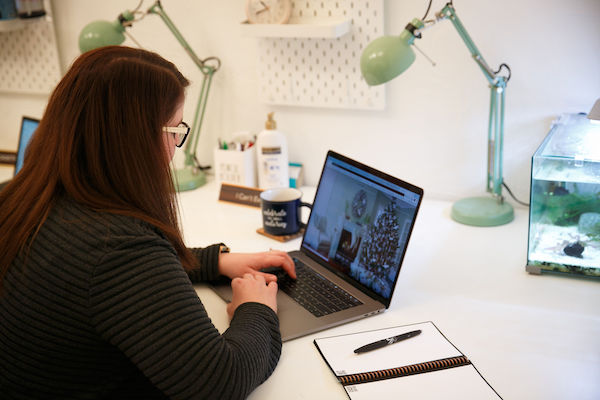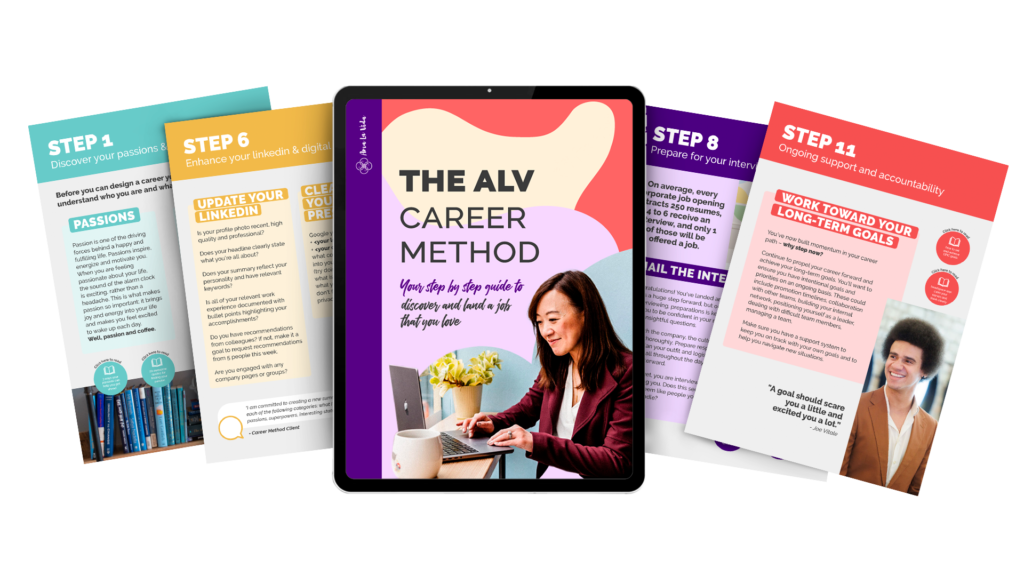How To Reset Your Company Culture

I recently experienced a death in my family. It was my young cousin – only 24 years old – who lives in India. He is the son of my mom’s youngest sister. The same sister who recently beat breast cancer. The same sister who put her life on hold to come to the US for my wedding and help my mom plan a big fat (dramatic) Indian wedding. My cousin had been sick for the past few months and my mom spent at least an hour every day on the phone or on facetime with her sister and her nephew. She would send money, fast on Thursdays and she did anything and everything she could from thousands of miles away.
My mom and her sister have been living apart for over 20+ years, and they have a strong connection and bond. When we got the news of my cousin, we were devastated. I grew up with my cousin and we were all so close. Even still, I wasn’t physically there with my mom or my aunt to feel the pain. I knew I had to be there for my mom. I went to see her and something changed. Suddenly, I saw the pain on my mom’s face. I saw the puffy eyes and heard the quiver in her voice when she said hi. Suddenly, the pain felt real. I felt sad and I felt a strong sense of connection to my remote family that I hadn’t before. While this is a personal story it has many parallels to our work.
When we’re physically together at work and a crisis hits, we feel the pain.
We feel a strong sense of urgency, and we know it’s time to get down to business. To do what needs to be done to get through it. We feel closer and united, and we’re there for one another. We’re communicating at lightning speed and are there to support each other. Now imagine everyone is working remotely and a crisis hits at work. We may read about it via email or hear about it through a phone call. We only hear the words but we can’t see the urgency, sense the pain, or see the emotions. While we can rationally understand what needs to be done, our emotions don’t follow suit. This can lead to us feeling disconnected and we don’t come together the way we need to. This has a detrimental impact on the business and our team.
The common thread in belonging whether we’re in a virtual environment or physically together, is culture. For many organizations, our culture was created when we were physically together. Now, organizations are shifting to a 100% remote work environment and we’re trying to maintain the old culture in a new, virtual environment. This doesn’t work. Has it been working for you?

It’s hard to have a sense of belonging when we don’t see or interact with our colleagues, when we can’t see their body language or engage in a casual conversation about Tiger King.
To come together, to be engaged with our colleagues and our team, we have to reset our culture to align with the environment we’re in.
As people leaders, it is our responsibility to help cultivate culture and maintain it.
Culture is a main reason why employees show up to work. It is the reason why employees are engaged. And when they are engaged, they go above and beyond. When they are engaged, there’s more collaboration. Employees that are engaged, share more ideas and innovation is inevitable. When they are engaged, people do more and do better.
But how do we build a culture when we aren’t physically together? This is how to reset your culture:
Don’t try to fit the old way of working with the new environment.
It’s time to reset on the culture. Bring the whole team together and work around this problem statement: What type of team culture do we want? Allow everyone on the team to participate and voice their opinions. As the manager, you should help facilitate the conversation. Make sure every voice is heard. Start the conversation with defining the current culture and what is good about it. Then pivot the conversation to the current ways of working and the reality of remote work. Walk through what’s important to preserve, what new traditions need to be created and how everyone will honor these commitments.
Manage the change.
William Bridges wrote a book called Managing Transitions where he shares three parts of the change process: The ending, The neutral zone and New Beginnings.
- While everyone goes through each phase at their own pace, everyone starts with The Ending phase. During this phase, people experience strong resistance to change and negative emotions such as fear, anxiety, uncertainty, etc. This is the time to acknowledge the emotions, to be vulnerable and recognize that the change has to occur. For leaders, empathy is the key skill that’s needed during this stage.
- Next, people go through the Neutral Zone. In my opinion, this is the hardest part of the change process. During this stage, there is uncertainty of identity and role, there is an integration of trying to move away from the old and adapting to the new. Typically this phase is marked by low productivity because people are starting to redefine what the new normal looks like and where they fit in. During this time, it’s important for leaders to celebrate wins and give constant feedback on what’s working and not working. It’s also important to be patient and recognize that people need steady reminders that they will be okay.
- Finally, the last phase is New Beginnings. The trajectory is now positive where people have accepted the change, they are eager to the new way of doing things and open to learning. It’s important for leaders to reinforce this positive energy and reward hard work.
Have virtual coffee dates.
Not only is it important for people managers to be connected with every direct report, it’s important for everyone on the team to feel the same connection. Do a rotating virtual coffee date with team members so that they can catch up, vent, discuss work problems, and build strong relationships. This is also a great opportunity for team members to learn more about what their colleagues are working on and share best practices. This shouldn’t feel like a meeting or more work. This should be fun and a way to recharge.

Culture is owned by everyone.
Everyone is responsible for building and maintaining the team culture. This means people should feel empowered to come up with ideas to continue to build culture, reinforce the right behaviors and provide feedback when necessary. Think of everyone as culture ambassadors. Everyone should live it and breathe it when they are at work.
Use video as much as possible.
It’s important to see people. For meetings, try to use video. This will help build the connections and create intimacy. Video chatting is also a great way to see each other’s body language and facial expressions – this tells more than what you hear. It’s also fun to see your colleagues in their natural habitat. We love the video chatting platform, Zoom!
Have rules and a place for people to express their thoughts.
Perhaps every team meeting starts with 5-minutes of check-in. Everyone can share what’s on their mind and have a safe space to express themselves. This will help people demonstrate vulnerability and find an outlet.
Revisit your culture commitments.
Every few weeks, intentionally revisit your culture manifesto and commitments. Make sure you are all onboard with the vision you have set out. Share what’s working and not working then modify accordingly. The intention here is that you all will continue to iterate on the type of culture that works for you and your team until you all have found a new ‘normal.’
Allow time for passion projects.
Even if it’s 10-minutes a day, allow time for everyone on the team to pursue a passion project. Perhaps that’s learning a new instrument or learning a new coding language. This will give your employees the outlet they need to refuel. Start with asking your employees what they are passionate about. This is a great team exercise. They will all learn something new about one another! Then ask each member what their passion project will be. During your virtual coffee dates, perhaps you can ask about how they are doing on their passion project and what they are learning. You’ll see eyes light up when someone talks about something they are passionate about.

There is a lot to think about and adjust to as we transition into a different work environment.
It feels like we’ve gone through loss because our identities have shifted.
These identities are shaped by the culture we are in. It may seem like there is no culture right now and this is where you come in. This new way of working is not going away any time soon. We are learning a new normal and adjusting. And that takes time. We all deserve grace and patience as we figure out how to work in a different capacity, stay engaged and rebuild camaraderie. We have to be ready to adjust our definition of what it means to be working now – what we want our culture to be and how it’ll serve us. This is our time to reset our team culture and cultivate something you can feel proud of.








